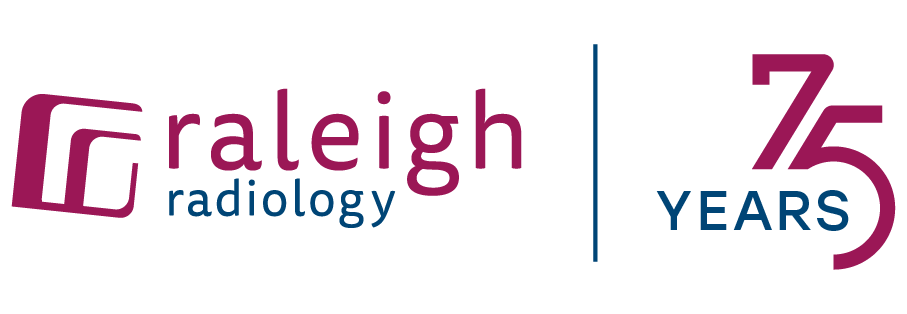For years, women suffering from uterine fibroids had to endure the discomfort, heavy bleeding, and pain that disrupted their daily lives, often with limited treatment options. In the past, the primary solution was surgery, either a myomectomy to remove the fibroids or, in more severe cases, a hysterectomy to remove the uterus entirely. These invasive procedures required long recovery times and, in some cases, life-altering consequences. Medical management options with birth control often have limited success in symptomatic control. But today, there’s a game-changing alternative: Uterine Fibroid Embolization (UFE), a minimally invasive procedure that shrinks fibroids without the need for major surgery.
What are Uterine Fibroids?
According to the National Institute of Environmental Health Sciences, over 70% of women develop uterine fibroids by age 50. These noncancerous growths form in the uterus during a woman’s reproductive years and can cause a range of disruptive symptoms, including:
- Heavy menstrual bleeding
- Severe cramping
- Prolonged periods
- Breakthrough bleeding
- Abdominal pain and pressure
- Bloating
- Constipation
- Frequent urination
- Pain during intercourse
While fibroids are common, their symptoms can significantly impact daily life, making effective treatment options essential.
Surgical Methods to Treat Uterine Fibroids
The only guaranteed way to completely eliminate uterine fibroids is through a hysterectomy, which removes the uterus entirely. While this procedure puts an end to fibroid symptoms, it also means a woman will no longer have menstrual periods or be able to get pregnant. Hysterectomy is a major surgery that requires significant recovery time.
Another surgical option is a myomectomy, where a surgeon removes fibroids while leaving the uterus intact. However, this procedure isn’t always a perfect solution. Women often have multiple fibroids in different areas of the uterus, making it difficult to remove them all. This means new fibroids can still develop over time. Myomectomy also involves surgery and a recovery period of two to four weeks.
Uterine Fibroid Embolization as an Alternative Treatment Option
Uterine fibroid embolization (UFE) is a minimally invasive, non-surgical option available for treating uterine fibroids. According to Dr. Rahul Arya, chair of Vascular and Interventional Radiology at Raleigh Radiology, this common, alternative treatment option is successful for about 90 percent of patients, helps patients avoid major surgery, and allows for a much shorter recovery time. Dr. Arya was specifically trained to perform UFE during his interventional radiology fellowship.
“UFE works by blocking the blood flow to the fibroids, which causes them to shrink and gradually break down,” explained Dr. Arya. “As the fibroids shrink, they become less hormonally active, helping to stop the heavy and breakthrough bleeding. Patients typically return to work much sooner after the procedure, and it is often a more affordable option than surgery.”
How Does UFE Work?
At Raleigh Radiology, uterine fibroid embolization (UFE) is now a safe and effective outpatient procedure, meaning no hospital stay is required. Our interventional radiology team performs UFE with minimal downtime, allowing patients to return home the same day.
The process begins with consultation and preliminary testing, which typically includes an MRI. This imaging helps determine if UFE is the right option by mapping the fibroids, checking their location, and ruling out any other disease processes. On the day of the procedure, patients check into our outpatient center and are typically there for 3-4 hours.
During the procedure, an interventional radiologist inserts a tiny catheter—usually through a small incision in the wrist—to deliver tiny particles into the blood vessels that supply the fibroids. This blocks the blood flow, causing the fibroids to shrink over time. For about 90% of patients, the procedure is done trans-radially (through the wrist), allowing for quicker mobility after treatment. In some cases, based on a patient’s height and blood vessel size, the catheter may be inserted through the groin instead.
The entire procedure takes about one hour. After a short recovery time at our center, patients are discharged the same day to rest in the comfort of their own home.
What is Recovery Like?
According to Dr. Arya, the first day or two after UFE is when patients may experience the most discomfort, but this is a normal part of the healing process. Most women feel cramping and mild to moderate pain, like strong period cramps, which can be managed with prescribed or over-the-counter medication. Symptoms typically improve quickly, and many patients begin feeling better in 3-4 weeks.
“Our ultimate goal is complete symptom relief, and most patients return to share that their symptoms have either disappeared or greatly improved,” said Dr. Arya. “It’s incredibly fulfilling to help women regain their quality of life.”
Typically, our office calls the patient 1-2 days after the procedure and then again 1 week later to check on the recovery process. After this, each patient has a follow-up appointment with their interventional radiologist one month and three months after the procedure. For most women who undergo the procedure, there’s no need to repeat the procedure and symptomatic control lasts through natural menopause. A small fraction of patients may stop having a period altogether following the procedure.
“At Raleigh Radiology, we’re proud to offer UFE in a safe, convenient outpatient setting for women suffering from uterine fibroids. Our goal is to help them stop dreading their menstrual periods and regain their freedom to fully enjoy their lives again,” added Dr. Arya.
To learn more about Dr. Arya and Raleigh Radiology, visit www.raleighrad.com.
Sources:
National Institute of Environmental Health Sciences: www.niehs.nih.gov
Office on Women’s Health: www.womenshealth.gov
Mayo Clinic: www.mayoclinic.org
